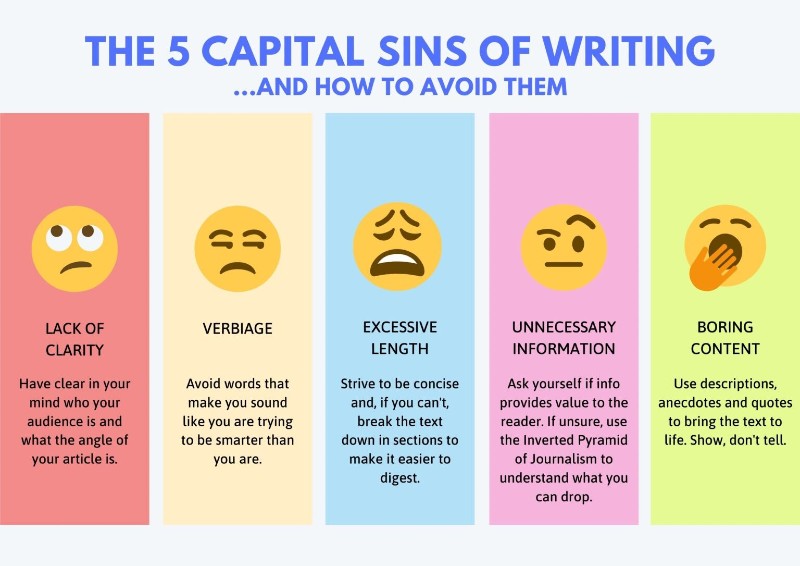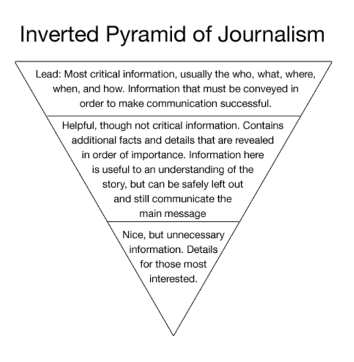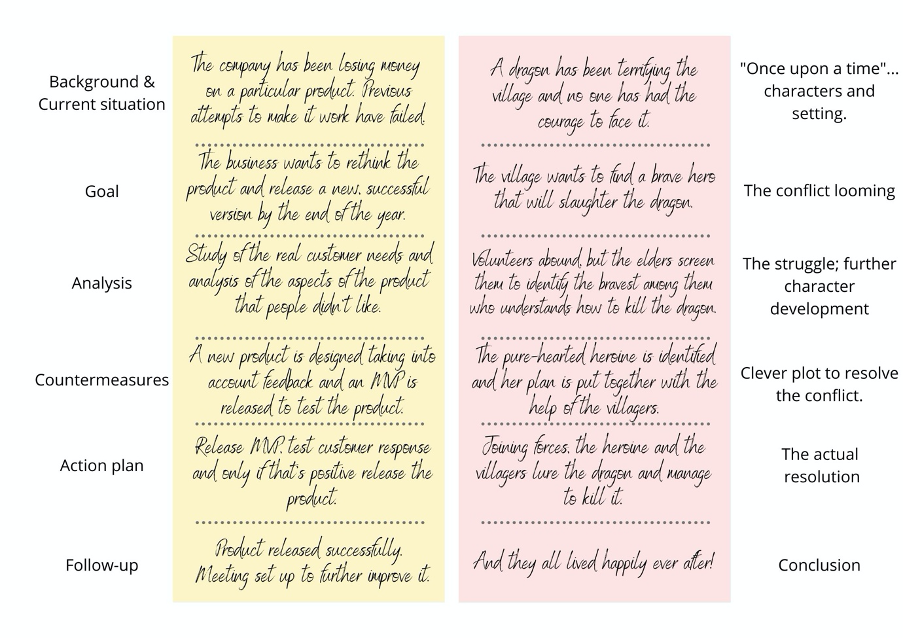Ensuring our message gets across to people can make or break our projects, marketing campaigns (not to mention political ones), even our transformation efforts. The importance of communicating effectively cannot be stressed enough.
While most of us rely almost exclusively on the spoken word, at one point or another we’ll all be called to use writing as our vehicle of communication. As a journalist, I should know that!
At the Lean Global Network, we are believers in the power of the written word. That’s why we support the spread of lean thinking and practice around the world by publishing articles and books. Planet Lean alone has published over 800 articles over the past six years or so, and I hope these have had an impact on the Lean Community, inspiring practitioners and supporting their improvement work.
Indeed, knowledge sharing (yokoten, in Japanese) plays a key role in the spread of good practices and lean learning within an organization or between organizations. It can be a powerful driver for change. But unless the learning is consistently documented and presented in an engaging, informative way, its message will not reach the recipient. This is why I am writing this article: to support your knowledge-sharing efforts and hopefully help you to improve your writing skills by showing you how some basic lean concepts and ideas may apply to writing.
So, how can we avoid generating waste in what we write – be it an important email, a report or an article?
First, it’s worth sharing what I believe to be the five capital sins of writing:
Now let’s look at each of them more in depth and see we can avoid them.
Lack of clarity
In the Lean Transformation Framework, this would refer to the roof of the house and to the question “What is the problem we are trying to solve?”. In other words, it’s important we clarify what the purpose of our content is and what perspective it is trying to express. In order to do this, you need two critical pieces of information:
1. Who are you writing for? Who is your audience? This will allow you to craft your piece and ensure it responds to the needs of the recipient, both in terms of content and of style. If you are writing for your colleagues in a hospital ward, for example, you won’t use the same tone, style and structure you’ll use if you are writing a report for your CEO.
2. What is your angle? The angle is the perspective from which you are analyzing or discussing your topic. If you are writing a report about an improvement in your department, for example, you might focus on the impact it had on the people working for the department or on the impact it had on the overall performance of the business. These are two very different angles, which will greatly influence the kind of information you’ll share. A successful angle ensures you will provide value to the reader.
Verbiage
Having a rich vocabulary is important, but context is everything. Whenever possible, you should try to avoid jargon and unnecessarily long terms. Circumlocution is a perfidious path and can be rather deleterious. Being grandiloquent doesn’t make you sound competent; it just comes across as gasconade. See what I mean? If you don’t know what a word means or how to pronounce it, chances are your average reader won’t either. There is no need to use fancy words all the time. Always ask yourself if there is an easier way to say something. (Just don’t fall into the 21st-century trap of thinking every concept should be expressed in 140 characters or less and with various OMGs and LOLs.)
Excessive length
There is nothing worse than overproduction. The golden rule here is simple: cut to the chase. Being concise and going straight to the point is key to avoid alienating the reader. If something can be said in 10 words instead of 20, strive to say it in 5! In many contexts, especially busy working environments, long texts put people off. Descriptions and “ornamental” elements of text play an important role, but they should never distract the reader – use them in the right quantity. When the text has to be long, due to the sheer amount of information or because of an external requirement, ensure that it is at least devoid of any repetition and try as much as you can to use short, clean sentences and to insert crossheads throughout. Needless to say, this advice doesn’t apply to you if you are a novelist!
Unnecessary information
We all like to be thorough, but there is no point in including in our content information that people have no use for. Ask yourself, does this piece of information or data add any value for the reader? If you are not sure what information should be included, it is always a good idea to organize the content you want to share by importance and/or relevance. For this, I find that a very useful tool is the Inverted Pyramid of Journalism, which teaches us that the essential information should always be at the top, followed by helpful but not critical information and, eventually, by nice-to-have but unnecessary information. The information at the bottom of the pyramid is the one you can afford to drop. In the opening of your text – or “lead” – a sure way of including all the vital information is to apply the rule of the 5W + H (What, who, where, when, why + how). This approach is widely used in news writing but can be applied – with some modification – to things like abstracts or the beginning of a report. Example: “The company held its first Lean Day at its headquarters in Sydney, Australia last week, to celebrate the kaizen improvements made across the organization by front-line teams”.
Boring content
This is a tricky one. Firstly, because what’s boring to one person is extremely engaging to another. Secondly, because there are topics that are admittedly “drier” than others. The secret here – if the context allows it – is to make the text more entertaining and engaging by adding examples that bring the content to life. This is where description becomes important. With that in mind, never forget the journalistic principle of show, don’t tell. Russian novelist Anton Chekhov once said, “Don’t tell me the moon is shining; show me the glint of light on broken glass.” For this, you can rely on description, anecdotes, a question, even a quote (like I have just done). Use your writing to paint an image, rather than a mere collection of words – it will help you to keep the reader engaged.
LEAN TOOLS FOR BETTER WRITING
Lean Thinking applies to any human endeavor, and that includes writing. There are a couple of tools, in particular, that – slightly adapted – can be of help to the lean writer: the A3 model and 5S.
The A3 is best known as a problem-solving framework, but it is very often used in organizations around the world as something of a storytelling device – thanks to its ability to capture the core details of a problem and the space it gives to its analysis. It is easy to see how the A3 offers a template we can use to structure our writing and ensure we tell the story in the most complete and effective way possible.
Let’s look at the different sections of an A3: Background – Current situation – Goal – Countermeasures – Implementation Plan – Follow up. Now imagine taking these items and placing them on the page on which you are writing. Don’t they sound like a pretty logical way of going about telling a story? Below you will find a couple of simplified examples – from left to right, the sections of an A3, a business example, a fairytale example, the elements of a story.
Another lean tool that can prove useful when writing is 5S. Even though 5S is a workplace organization tool, with a few adjustments it can be adapted to writing. If you think about it, the page is the writer’s workstation! Let’s take a look:
- Sort – What information adds value for the reader and what doesn’t?
- Set in order – In what order should this information appear in my article/story?
- Shine – How can I simplify the text?
- Standardize – Does the text meet my standard requirements? (For example, the 5W + H.)
- Sustain – Does the text flow? If it does, does a second read by someone else reach the same conclusion or are other adjustments necessary?
An example should help us to bring this all to life. Take a look at the paragraph below and how it can be edited using a 5S-inspired system. Different colors correspond to the different S’s: red is Sort, yellow is Set in order, green is Shine, purple is Standardize, blue is Sustain. The first paragraph is the transcript from an interview, while the second is the edited, final paragraph that ended up in a Planet Lean article.
And here’s the after, with added context, a better sequence and order of the information:
These simple tools can really help you to put together a clear, concise and informative piece of content. Like everything, take them with a grain of salt: they don’t apply universally to every type of writing, but they can provide useful guidelines. So, what are you waiting for? Grab your pen and paper (or more likely, open your laptop) and get writing!
